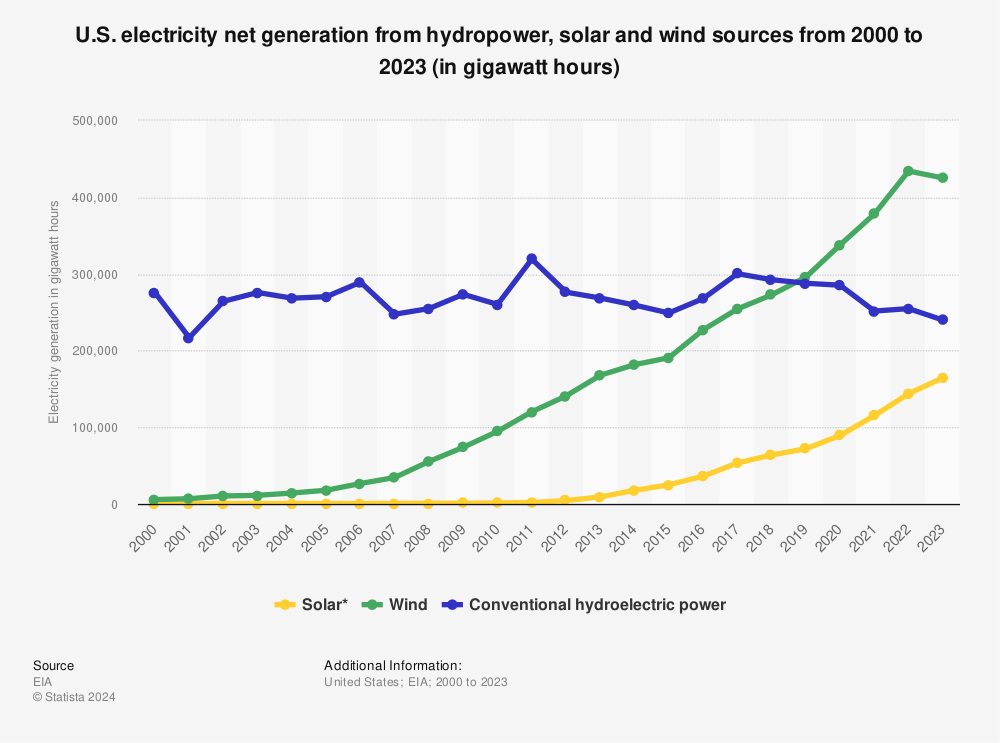Solar power is booming in America, but a lack of solar-incentives may hold Florida back.
Since 2008, wind and solar capacity — a term that describes a system’s highest possible electric output — tripled, according to a Bloomberg report this month.
Even though Florida’s potential for solar energy use is third in the nation, the state ranks No. 13 for actual solar capacity installed, according to the Solar Energy Industries Association, which keeps a running record of solar capacity.
Locally, solar technology is struggling to grow because of a lack of incentives.
In 2009, Gainesville Regional Utilities began the Solar Feed-in-tariff program where customers with solar technology could sell energy back to GRU under a 20-year contract.
This incentive inspired Kurt Johnsen to open Kurt Johnsen Energy Systems.
He said the majority of his customers were motivated to try solar because of the program, and business plunged when it halted in 2013.
Incentives will continue to decrease if the federal government does not renew the Solar Investment Tax Credit that gives solar customers, commercial and residential, a 30-percent return on the full cost of their purchases of solar equipment.
The federal program started in 2006 and was scheduled to expire in 2007, but several extensions caused an increase in solar installations of more than 1,600 percent, according to the Solar Energy Industries Association.
Without another extension, residents won’t be eligible for a tax credit after Dec. 31, 2016, and the commercial credit will be reduced to 10 percent.
Currently, Florida’s greatest incentive is the net-metering policy, which reduces energy bills by crediting customers for excess solar energy, Johnsen said. Despite challenges, the future of solar in Florida is bright.
For example, Solar Impact of Gainesville recently installed the largest solar system in Marion County, covering 50,000 square feet of a commercial rooftop.
Barry Jacobson, president of Solar Impact, said the suspended feed-in-tariff caused a blow to the company as well, but business still climbed over the years. Customers are motivated by the idea of benefiting the environment by reducing carbon emissions and benefiting their wallets with net-metering, he said.
“Solar doesn’t follow the sun,” he said. “It follows the money.”
Find more statistics at Statista
[A version of this story ran on page 8 on 2/23/2015 under the headline “Business owners: Without incentives, FL solar energy won’t grow"]






